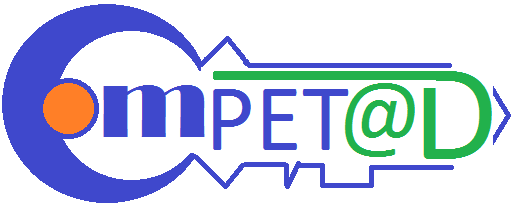Course Outline:
Technical Writing is a very important skill in any kind of work. It is important in Engineering, Sciences, and even in understanding simple tools. Most people confuse business writing for technical writing. In this module, we will understand Technical Writing and learn how it is different compared to other genres of writing. We will also learn about the effective ways that we can create a technical write up in order to ensure a wider audience coverage and clarity. The module covers topics about common errors made by Filipino technical writers. It also discusses how we can minimize Filipinisms in writing so that we can create a comprehensive report that is world-class.
COURSE OBJECTIVES:
At the end of the session, the participants should be able to:
- Understand the different types of writing genre and how technical writing stands out.
- Know how to start-up your technical write up.
- Learn to construct clear and understandable sentences in your write up.
- Learn how to self-edit your technical report.
- Discuss the common formats and forms of technical writing.
COURSE OUTLINE:
I – Understanding Technical Writing
- What is Technical Writing
- How is it different (Creative Writing, News Writing, and Business Writing)
- Overview: Tasks of Technical Writing
- Considerations in Technical Writing (Translation, Standards, Accessibility)
- Tools in Technical Writing
II – Writing Basics Review
- Planning and Analysis
- Outlining
- Brainstorming
- Collating Data
- Audience Analysis: Types, Importance, and Effective Approaches
- Journalism Approach: The Inverted Pyramid
- Common Filipino Errors in Writing
- Prepositions
- Subject Verb Agreement
- Filipinisms
- Punctuations
- Writing Your Material (Tips)
- Write in the Past Tense
- Using Simple Sentences
- KISS (Keep It Short and Simple)
- The Active Voice and the Passive Voice
- Do’s and Don’ts
Constructing Clear Sentences
- Review: Parts of a sentence
- Constructing Sentences (Structure and practice)
- Parenthetic Phrases
- Refining and Editing Your Write Up
IV – Sneak Preview: Standard Parts of a Technical Report
- Title Page
- Letter of Transmittal
- Preface
- Table of Contents
- List of Tables, Drawing, Charts, etc.
- Summary
- Body Text
- Conclusions and Recommendations
- Bibliography
V – Other Technical Reports
- Incident Report
- Technical Manual
- Handbooks
You may click the link to download the Registration Form and send it to training@competad.com or you may follow the instructions below.
1. Fill out the registration form by clicking the link on top of this page.
2. You may also download the word attachment in the link on top and send it to training@competad.com
3. Our admin team shall send you shortly the Statement of Account/Confirmation of registration. Sign the statement of account to conform and finalize your registration. For Free Events, you will not be receiving any Statement of Account.
4. Follow the instructions in the statement of account and complete your payment, if applicable.
5. For paid events, you may send the signed and scanned copy of the Statement of Account and your deposit slip, if applicable.
6. Should you need an official Billing Invoice for paid sessions, please call us at (02) 7508-3271.






